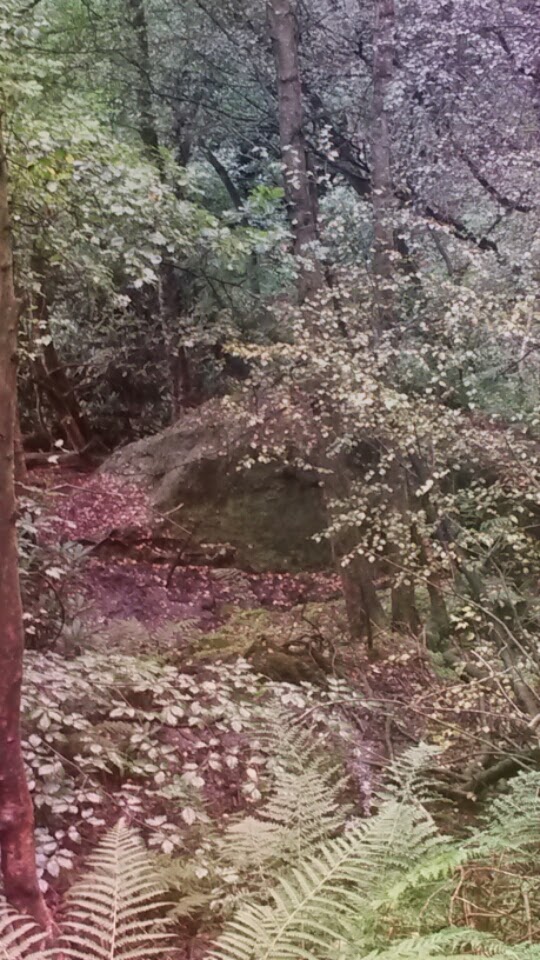At 2014 draws to a close, I realise I've done more storytelling this past year than ever before. It's been great fun to share these old tales with new friends.
In January I started the year with some tale-telling at the Apple Tree Wassail at Stretton Watermill, Cheshire.
February brought a return to the lovely new Atkinson arts centre in Southport, Lancashire to share fairy tales for children. It's always lovely to share some very familiar folk tales with young people hearing them for the first time.
As International Bagpipe Day is in March, I'd been involved in several events around that week to celebrate and my Piper's Tale set found its way to Northwich, Chester and Astbury.
In April, I opened my exhibition exploring the life and work of Robert Westall, one of the 20th century's greatest writers for young adults. Aside from his excellent novels, he really was master of the short story, particularly creepy tales, and studying his work so closely has taught me a lot.
At the end of May I was back at the wonderful Chester Folk Festival to do a few storytelling performances on Cheshire Myths and Legends and also the Piper's Tale got another outing.
June was a real treat for storytelling, I loved sharing stories and music in the sun at the enormous Tatton Medieval Festival and the following week was a treat in telling a range of medieval tales from the borderlands with some other fantastic storytellers, Tom Goodale, Richard York and Chris Baglin, at the Minstrels' Court in Chester.
In July I was delighted to have the opportunity to have a storytelling show in the atmospheric St Mary's Church on the Holy Island of Lindisfarne. This really is a special place and it was a wonderful experience. Later in the month we were at the greatest storytelling event of all - Festival at the Edge - having lots of fun and getting filled up with inspiration.
With the summer holidays underway in August, I found myself telling medieval tales in Northwich, Cheshire folk tales in Macclefield, Viking stories at Norton Priory and then sharing more bagpiper folk tales to a packed tent at Shrewsbury Folk Festival, all great fun.
In September, it was back at Stretton Watermill, sharing some harvest-tide tales for their Victorian weekend and some music too. And I was lucky enough to deliver a few days of workshops for schools to help them develop their own stories, always a richly rewarding experience.
October was a particularly intense week for storytelling, starting with my first ever full-hour performance of Greek Myths to a packed house at West Park Museum. I've struggled for a long time to find the real human side of these tales and so never really made anything of them, but earlier in the year I'd been inspired by Yannis Pantazis at the Bagpipe Society's Blowout, from meeting the inspiring Yannis Pantazis at the Bagpipe Society's Blowout who brought Ancient Greek tales to life and encouraged me to take my storytelling further, then at FatE, Daniel Morden's retelling of Orpheus and Eurydice was so powerful it changed my outlook on these Greek tales completely. Anyway, my first proper Greek storytelling show was a great success and a wonderfully supportive audience.
The next few days I was busy telling more myths and legends from my native Cheshire, then Halloween daytime was filled with four performances of creepy tales for children at Chester's Grosvenor Museum followed by three sell-out performances of dark tales for Halloween at Port Sunlight museum, luckily the experience was more exhilarating than exhausting.
November always starts with soul caking for me, sort of storytelling if you want, but what the story is I'm none too sure. I've been performing these folk plays for a long time, this was my 20th year. It's also a busy time for doing storytelling for local history groups and societies and I was out and about several times with my Cheshire Legends and Piper's Tale shows.
As the nights grew longer in December and Christmas approached, I was telling festive folk tales and Victorian ghost stories for family events at Quarry Bank Mill, Styal and the Old Sunday School, Macclesfield, both in Cheshire.
I've missed out a lot here, I know, but that's more than enough to read through for now. It's been a very enjoyable twelve months for tale telling, here's all best wishes from us at Pilgrims & Posies for your New Year.



















































